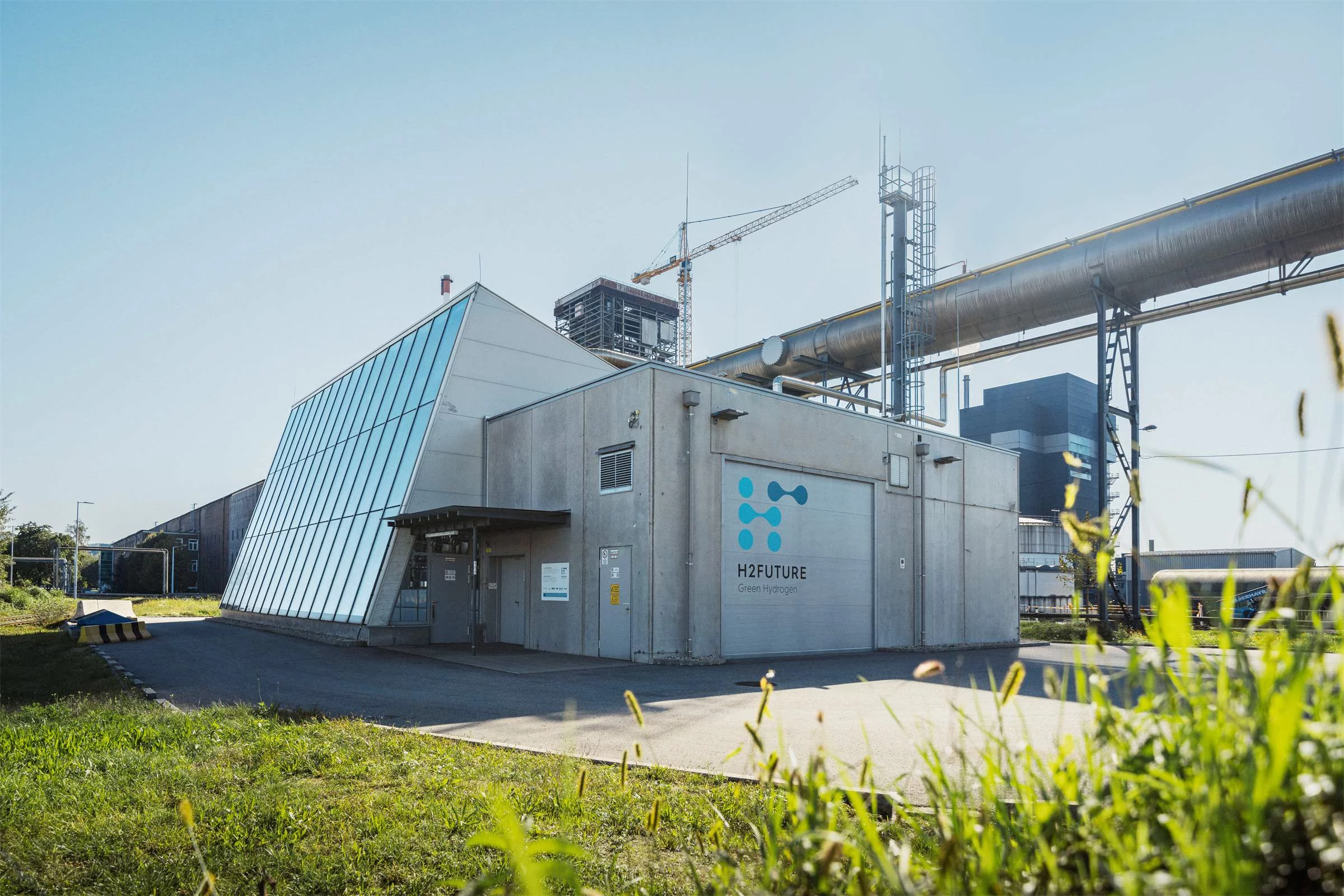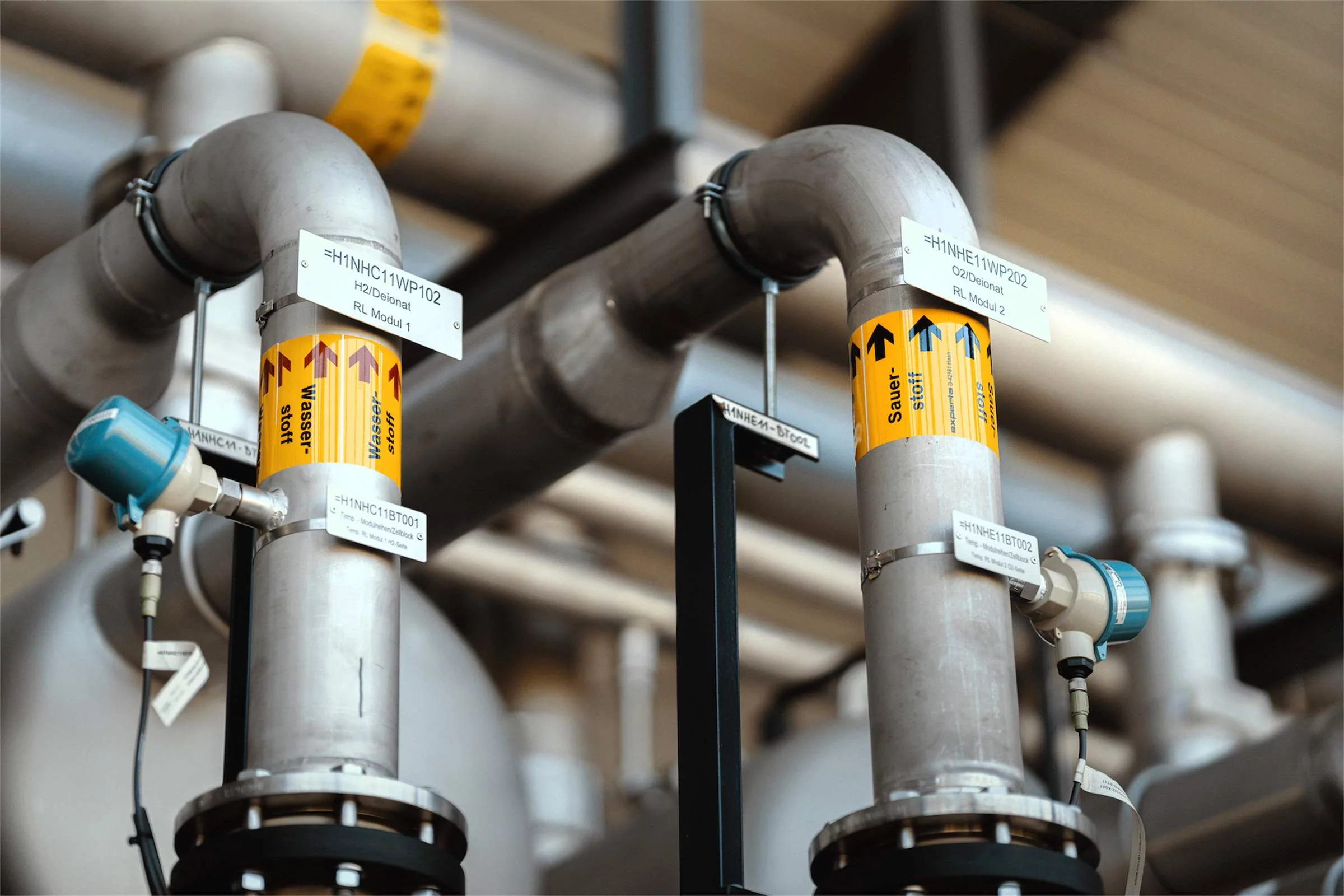VERBUND thinking about hydrogen in the short and long term
In the short term, VERBUND is pushing ahead with the expansion of local hydrogen production for direct use by customers. Specifically, VERBUND is working with industrial partners on various projects, with production at customers’ premises ensuring immediate and reliable availability of green hydrogen. The focus here is on the so-called hard-to-abate sectors, which include energy-intensive industries such as fertiliser production, petrochemicals and steel making.





